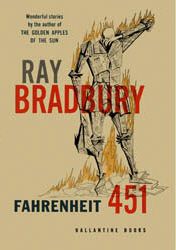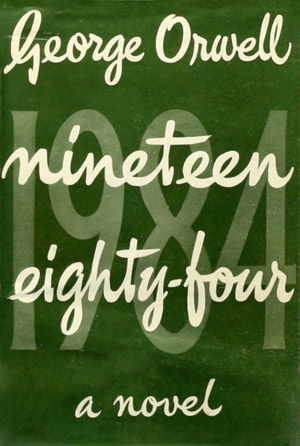Dystopia Definition - Meaning and Concepts of Dystopia
Dystopia is the opposite of utopia (eu topos- a "good place", dis topos- a "bad place"), depicting imagine universe and fictional societies in which the living is bad and imperfect because of human misery, poverty, terror, corruption and oppression.
Dystopia challenges utopia's assumption of human perfectibility and perfect society. In dystopian fiction we can rarely find hope. Although creators of dystopian fictions usually depict world set in near future, they write about things they feared of in the existing world of reality, exploring the worst possible scenario of the future of our own world, they show their own concern about some social trends, criticize them and also write about their wish to prevent it. The readers are familiar with dystopian fiction, for them it becomes a more involving and effective experience, because they identify the patterns and trends of their own societies and also makes them to think about how are dangerous certain things that will happen if current trends continue. The main theme of dystopian literature is oppression and rebellion, and the rebels are almost always weaker than the oppressors.
Paranoia is very evident among citizens in dystopian societies, because they live in fear and they are being very often monitored, betrayed or manipulated.
This term was coined by John Stuart Mill, English philosopher and economist, in 1868.
Industrial revolution, World War I, the Russian Revolution, growing awareness of environmental damage, rapid progress of technology, popularization of capitalistic trends as well as fear that machine could take power on the men were the reasons for appearance of creation of dystopian literature. Author of dystopian fiction are often inspired by political and cultural problems.
Dystopian fiction became very popular and prevalent after World War II, and have been classified based on their own genre (not as the opposite of utopia) and as genre of fiction.
Most famous examples of dystopian fiction are: The Time Machine by H.G. Wells; Brave New World by Aldous Huxley; Nineteen Eighty-Four (1984) by George Orwell; The Handmaid's Tale by Margaret Atwood, We by Yevgeny Zamyatin; Fahrenheit 451 by Ray Bradbury; films: The Matrix, The Terminator, Brazil, Blade Runner;
The implicit warning is significant in all these novels and films, warning of what will happen if we don't eradicate these flaws today.
Dystopia is often referred as anti-utopia, but the difference is that dystopia depicts completely horrible state that has no possibility to be a good life, and it doesn't just depicts what's wrong with utopian models of society but offers an alternative view of social and political problems, whereas anti-utopia is very similar to utopia except for one fatal flow.



